Are pogo pins (e.g. this one) suited for 1 GHz?

I use similar short smt pogo pins for 30db RF amplifier test at 894.75MHz working very well, make sure UUT (Unit Under Test) is well grounded.
Without prior RF knowledge our first design used longer touch type, vs solder on, pogo pins and ended up with bad values and over running current. At the recommendation from our customer we redesigned with the shortest SMT pins we could find and works very well. Simple input Vcc and inject a signal/read gain using Rhode and Schwarz ZVH8 in S21 mode with 30dB attenuation on port 2(Cal>Other>Normalization, so we read back actual value). Of course alternative equipment can be used.
Good Luck!